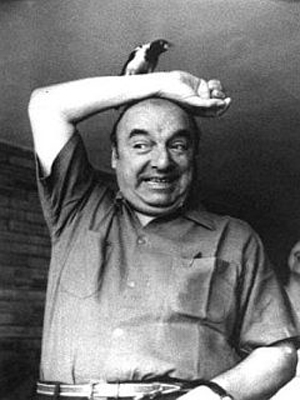What Is Consciousness and Do Humans Have a Monopoly on It?
By Dady Chery
Haiti Chery
There has not been so much excitement about the effect of electricity on the human body since Luigi Galvani discovered that an electrical stimulation of the nerves in the leg muscles of a dead frog caused it to kick. These early experiments inspired Mary Shelley in 1818 to write Frankenstein, a brilliant allegory about the need for men – especially male scientists and poets of the romantic era – to take responsibility for their creation. Those who have not read about the book’s monster, which is more Dr. Frankenstein than his creation, and only know of the Hollywood version, should compare the two and ponder how much art has been trivialized for the screen. Indeed, the book’s full title was Frankenstein, or the Modern Prometheus, and the title page featured the verse from John Milton’s Paradise Lost:
“Did I request thee, Maker, from my clay
To mould me man? Did I solicit thee
From darkness to promote me?”
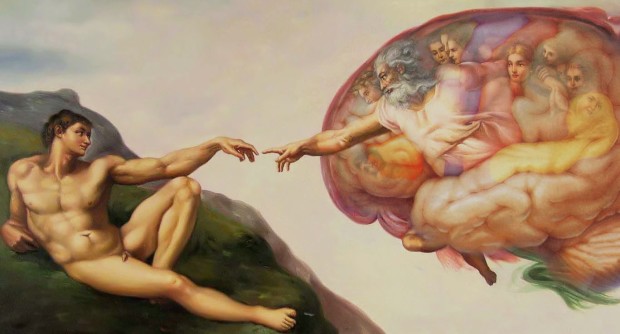
Recent experiments involving electrical stimulation go much farther than galvanism: they suggest that there exists a brain center in humans that integrates our experience of the world, and this center can be switched off by an electrical stimulation. In other words, we, who imagine that we have free will, can tell a rose by any other name, or study the cosmos and even our own brains, may be instantaneously switched on and off, more or less like battery-powered dolls.
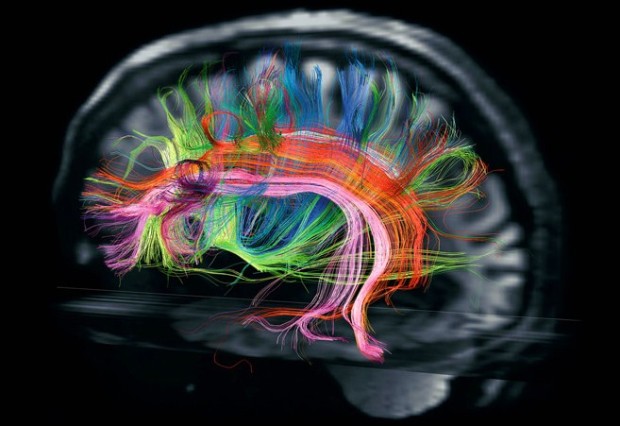
This discovery was made by chance in early 2014 by a neurology research group at Georgetown University, in Washington, DC, as they were mapping the stimulation of the brain of a 54-year-old woman who suffered from epilepsy. This procedure had been done for decades on such patients. The idea was to assess the synchrony of the patient’s brain. In other words, as one part of the brain would be stimulated, other regions would respond either synchronously or asynchronously, with the latter being the probable source of the epileptic seizures. Fifteen electrodes were implanted in the patient’s brain, each one was stimulated in turn, and the responses of the others were measured.
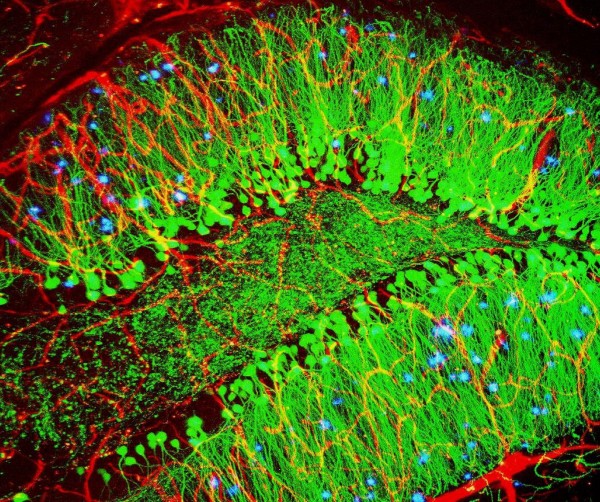
The researchers noticed that every time they applied a strong electrical signal [0.2-millisecond pulse of 14 milliamperes (mA) at 0.25-second intervals for 3 to 10 seconds] to an electrode in a tiny area of the left brain, the patient lost consciousness. Specifically, there was a complete stop of “volitional behavior, unresponsiveness, and amnesia.” If the patient had been reading, she stopped reading, stared blankly, did not respond to any visual or auditory commands, and her breathing slowed. Sometimes, the loss of consciousness was “associated with scanty, perseverative, and incomprehensible verbal output consisting of one or two syllables, with a confused look on the face.” Furthermore, the patient had no memory of anything that was said or shown to her during the stimulation.
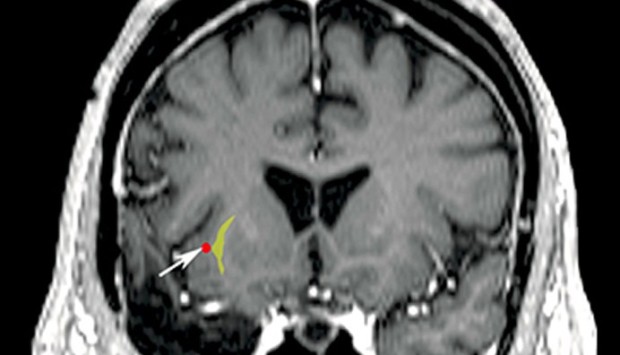
Given that stimulation to an area as close as 3 millimeters away had no such effect, a reduction of the applied current to 6 mA or less also did not show the effect, and the patient fully regained consciousness as soon as the stimulation stopped, the researchers concluded that the disruption of consciousness was related to electrical signals to that specific area of the brain. This was an extraordinary discovery. After more than 100 years of study of electrical stimulation to the human brain, no one had, until now, ever found a region that could switch off consciousness.

In collaboration with researchers in France and Switzerland, the Georgetown group asserted that the specific area that they had stimulated was the claustrum. They soon discovered an article by Francis Crick, the Nobel laureate and co-discoverer of the structure of DNA in the 1950’s, that advocated for research in this part of the brain. As it happens, this was Crick’s final article. He finished the first draft on July 19, 2004, and he revised it on July 28: the day he died. Thus, in the face of its mortality, a brain begged to understand itself. With his final breath, Francis Crick uttered a plea for more research on the claustrum. He argued that conscious experience is integrated: a rose is a rose because it has a specific scent and feel, and it is red. The neurons for olfactory, tactile and visual responses are spread out in the brain. What then integrates our experience of a rose? In a statement that is becoming increasingly well known, he proposed that the claustrum relates to “processes that give rise to integrated conscious percepts.”
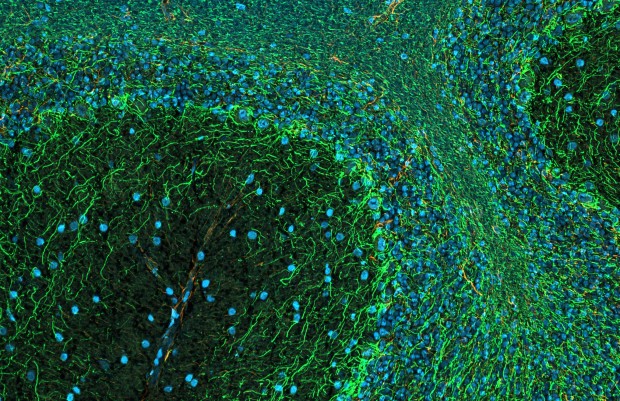
“Claustrum” means hidden away, and the claustrum is indeed difficult to find. It is typically less than 0.25 percent of the brain’s volume and shaped like a curved sheet less than one millimeter to a few millimeters (typically < 5 mm) thick, well tucked away within the brain. Though the claustrum’s exact shape and its nerve-cell composition and connections vary depending on the species, it is recognized as a neuronal structure in its own right, and it is in all mammals, including mice, bats, hedgehogs, rats, squirrels, beavers, guinea pigs, rabbits, cats, dogs, humans, and cetaceans. The human claustrum does not especially stand out for its size or shape. Compared to humans, marsupials like opossums and kangaroos, for example, have proportionately larger claustrums. In any case, should it surprise us that our experience of a rose might be analogous to the experience of a banana flower by a pollinating bat?
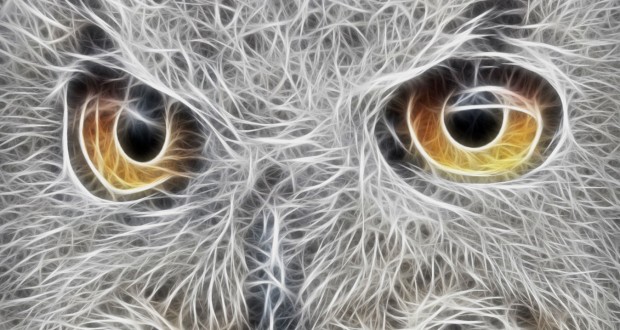
Research by several laboratories on a variety of animals had shown the claustrum to emit as well as receive signals. Crick proposed new approaches to advance the work on humans, and he argued that the claustrum is ideally located to receive signals from different regions of the brain’s cortex and overlap and integrate them. Although he wrote only about consciousness and said nothing about intelligence, the function he proposed for the claustrum suggests that it might be the seat of a kind of intelligence. Isn’t intelligence, after all, an ability to integrate various kinds of information and form new hypotheses? In his conclusion to his article, he took on the philosopher Daniel C. Dennett, who had argued that all brain processes are parallel and ridiculed the notion of a “Cartesian theatre… where the mind and brain meet… and consciousness occurs.” Crick likened the brain to an orchestra, with the conductor being the claustrum, and the musicians being the brain’s cortical regions. In an orchestra, of course, synchrony is all. Without the claustrum, everything might become cacophonous, or we might hear the oboe or the drums, but we would not enjoy the complete symphony of life.
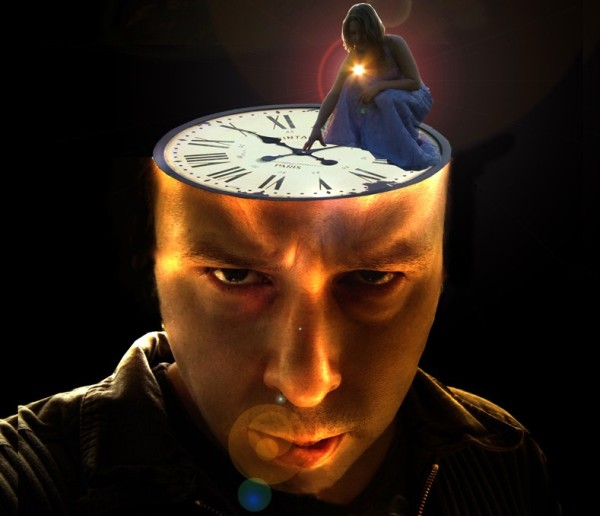
Research by neurologists on the claustrum continues apace, with new methods, such as diffusion magnetic resonance imaging (diffusion MRI) being developed for this sort of application. The implications of this work for our understanding of intelligence and various states of unconsciousness such as epilepsy, sleep, comas, and anesthesia are greater than we may imagine. Hopefully, the cautionary novels will come too for our times. It is likely that, just as the relatively simple composition of human DNA made it no less marvelous than before and made clear our connection to all life on earth, so too will the new discoveries about the claustrum’s functions in the brain. Already we know that consciousness is not an ethereal concept but a brain function that can be switched on and off. Consciousness, as it is understood today based on real scientific evidence rather than conjecture, is probably a set of connections between one center in the brain and the rest that makes it possible for us to interpret our world by integrating the experiences of our different senses. One thing for sure: at the end of the day, humans will no longer have a monopoly on consciousness.
Sources: News Junkie Post | Photographs one, four and seven from Zeiss Microscopy; two, six and eight by Tom Blackwell; five by Mohamad Koubeissi; and nine by Alice Popkorn.




